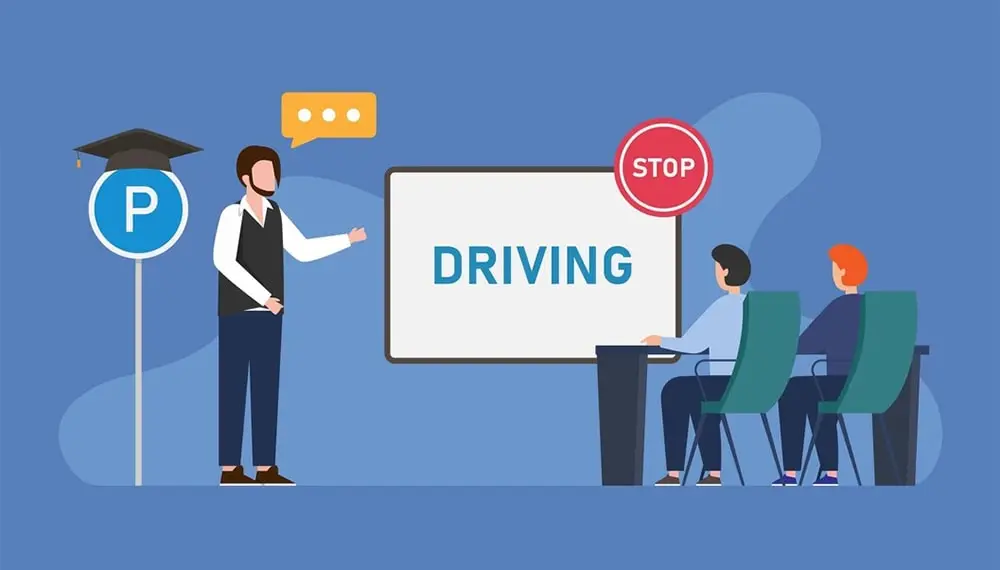How to Conduct Effective Refresher Training
Rohit Kumar
09 Oct, 2023

Welcome to the world of refresher training, a crucial yet often overlooked aspect of corporate learning and development. If you think training is a one-time event, think again. The human brain is wired to forget, and even your top performers are not immune to this natural decline in knowledge retention. Refresher training is a powerful tool to combat this, ensuring that your employees' skills and knowledge are maintained and continually updated.
Refresher training is not merely a review session. It's a strategic approach to reinforce key concepts, address knowledge gaps, and align your team with industry standards. Whether it's compliance, safety protocols, or customer service, refresher training ensures everyone is on the same page, reducing errors and boosting overall productivity.
So, why is refresher training vital, and how can you implement it effectively? Let's dive in.
The Importance of Refresher Training
Why It Matters
-
Long-term Memory Retention: The human brain tends to forget information over time. Refresher training helps reinforce memory, making it easier for employees to recall information when needed.
-
Reduced Errors: Mistakes can be costly. Regular refresher training can significantly reduce errors and improve performance.
-
Up-to-Date Knowledge: Industries evolve, and so should your training programs. Refresher training keeps your team updated on the latest policies, technologies, and best practices.
Topics to Cover
-
Risk Assessment and Safety Management: Topics like fall protection, airborne hazards, and fatigue risk management are crucial.
-
Customer Service: Training on dealing with demanding customers, voice tone, and etiquette can make a big difference.
-
Cybersecurity: With the rise in cyber threats, keeping your team informed about the latest cybersecurity practices is essential.
The Science Behind Refresher Training
Before diving into the mechanics of refresher training, it's crucial to understand the psychological and scientific principles that govern learning and memory. This foundational knowledge will help you tailor your training programs for maximum effectiveness and long-term retention.
Key Psychological Principles
-
The Forgetting Curve: This principle by Hermann Ebbinghaus suggests that memory fades quickly initially and then levels off over time. Refresher training can help counteract this effect.
-
The Urgent/Important Matrix: This principle helps prioritize tasks and information. Refresher training can focus on urgent and essential tasks that are often neglected but can become critical when needed.
-
Cognitive Load: The human brain can only handle a limited amount of new information at a time. Microlearning, which involves breaking down complex topics into bite-sized modules, can be particularly effective here.
Practical Applications
Every industry has unique challenges and requirements, making a one-size-fits-all approach to refresher training ineffective. In this section, we'll explore how to customize refresher training to meet the specific needs of various sectors, from healthcare to manufacturing and IT.
Industry-Specific Training
-
Healthcare: Regular updates on patient care protocols, new medications, and compliance regulations are essential.
-
Manufacturing: Training on the latest machinery, safety protocols, and quality standards can significantly reduce workplace accidents.
-
IT and Software: With the fast-paced evolution of technology, staying updated on the latest programming languages and cybersecurity measures is crucial.
Customization is Key
-
Role-Based Training: Different roles within the organization may require different refresher courses. Customizing the training content based on job roles can make the program more relevant and engaging.
-
Real-World Scenarios: Incorporate real-world examples and case studies to make the training more relatable.
-
Assessments: Use quizzes and assessments to measure the effectiveness of the training. That can also help identify areas where additional training may be needed.
Technology in Refresher Training
In an age where technology permeates every aspect of our lives, leveraging it in refresher training can yield significant benefits. From mobile compatibility to real-time analytics, technology can make your training programs more accessible, engaging, and measurable. Platforms like Core Competency offer mobile-based training solutions, allowing employees to access training material anytime.
Features to Look For
-
Mobile Compatibility: Allows employees to access training on the go.
-
Interactive Modules: Features like gamification can make the training more engaging.
-
Analytics: Real-time tracking of employee performance can provide valuable insights into the effectiveness of the training program.
How to Implement Refresher Training
Traditional vs. Microlearning
-
Traditional Method: This involves gathering your team in a conference room and reviewing PowerPoint slides.
-
Microlearning: This method involves breaking down the training material into bite-sized chunks, making it easier to digest.
Best Practices
-
Regular Intervals: Don't wait for a problem to arise—schedule refresher training at regular intervals.
-
Interactive Elements: Use quizzes, real-life scenarios, and interactive modules to make the training engaging.
-
Feedback Loop: Always collect feedback to understand the effectiveness of the training program and make necessary adjustments.
Refresher training is a business imperative. And when it comes to implementing effective refresher training programs, look no further than Core Competency. As a leading provider of learning & development software, talent management solutions, and corporate training services, Core Competency has the expertise and tools to make your refresher training a resounding success. Contact us today for a free demo and take the first step towards a more skilled and informed workforce.




